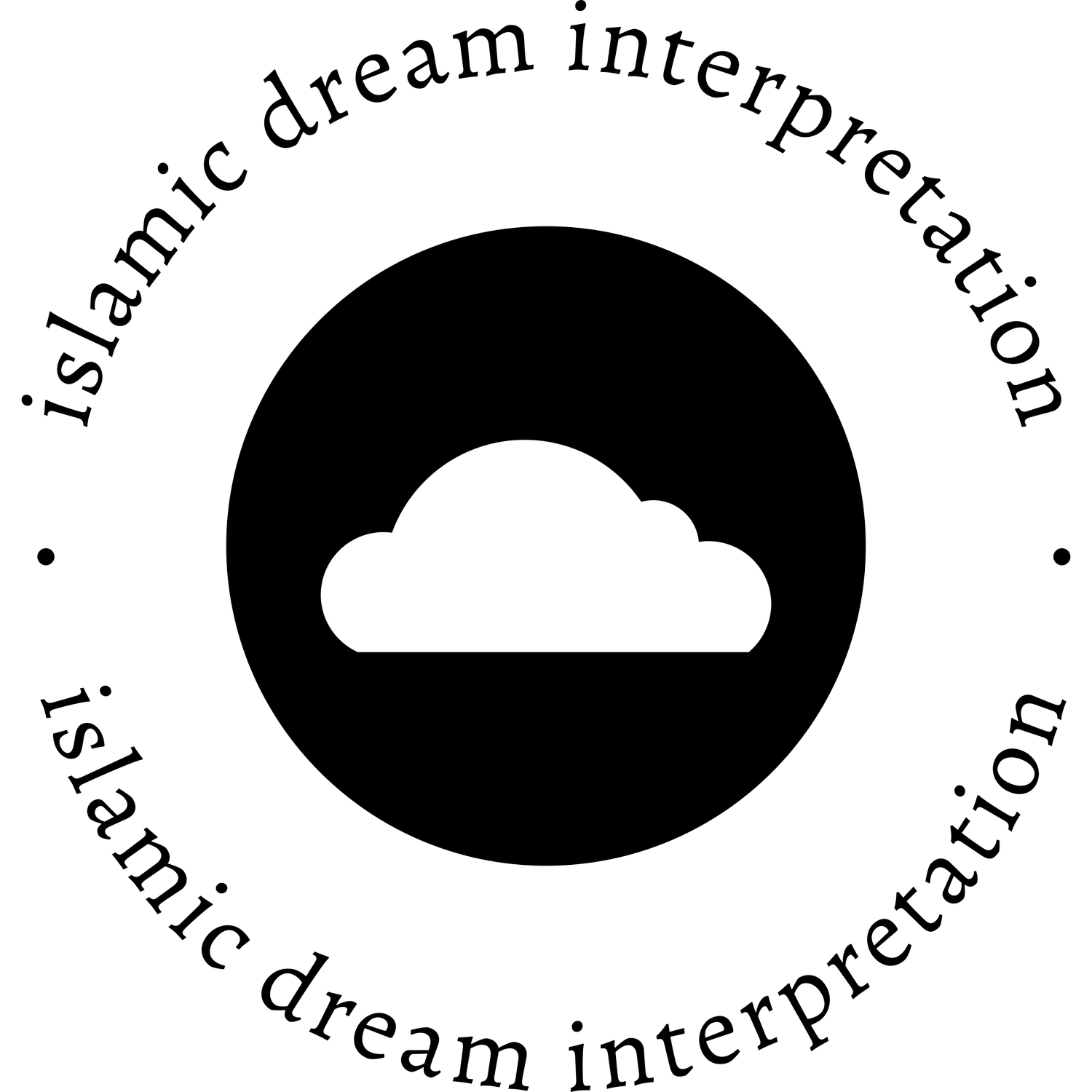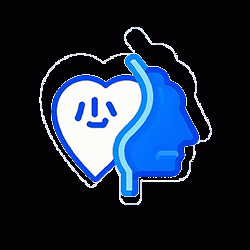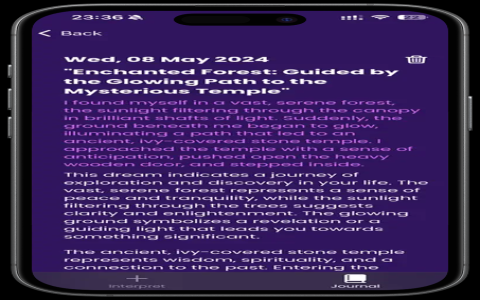Ever since I was little, I’ve been really curious about dreams. I remember having a terrible nightmare when I was a child that scared me so much I couldn’t sleep. My grandmother sat by my bedside and slowly explained what the dream meant, and I gradually calmed down. From then on, I felt that dreams weren’t just random occurrences; they might contain some kind of information.
Recently, I saw a discussion online about dream interpretation in Islamic culture. People said that the books were too difficult to understand, with too many words and unclear meanings.I wondered if it would be possible to create a simple tool to help people quickly understand the meaning of common symbols in dreams, such as water, snakes, and teeth. Would that be a good idea?
So I decided to give it a try.

It was confusing at first
At first, I thought I could just find some information online and have the computer remember it. But it turned out to be not that simple.Many books on Islamic dream interpretation were written hundreds of years ago in old Arabic, which I couldn’t understand at all.
I had no choice but to ask someone who knew about it for help. I went to a local mosque and asked a scholar to recommend a reliable English translation. Then I found four different books and compared their interpretations of the same dream to see if they were similar. For example:
- Dreaming about water: Most say this is a good sign, representing a smooth life or good luck.
- Dreaming about snakes: Generally believed to mean that there are people with bad intentions around you.
- Dreaming about losing teeth: Some say it means you will lose a loved one, while others say it is just a fear of growing old.
I wrote all of this down on pieces of paper and stuck them all over my desk, which looked like it had been hit by a paper storm.
The technical part was the hardest
I thought programming wouldn’t be difficult, since I had made a small chatbot before. But this time was completely different. I tried three different software platforms, but none of them worked:
- The first one often got the cultural context wrong, such as interpreting Islamic symbols as symbols of other religions.
- The second one had too few features, and I had to pay to use the basic functions.
- The third one had a complicated interface, and I couldn’t figure out where to upload my data.
Finally, I found a tool that didn’t require coding, which allowed me to directly upload the “dream objects and meanings” I had organized into a table. Sounds simple, right? But it still took me three nights of repeatedly clicking buttons, changing settings, and testing the results, like I was fighting with a machine.
Using my family as the first test subjects
I made a rough draft, but I didn’t dare to send it out right away, so I asked my family to try it first.
My husband was the first to try it. He said he dreamed of a swarm of bees flying around. The system gave two possible interpretations: one was that you would get help from friends, and the other was that someone around you was gossiping. Guess what happened? The next day, he found out that someone in his office was talking about him behind his back! He said, “That’s too accurate.”
Next was my sister. She dreamed she was walking in a pair of broken shoes, feeling very uncomfortable. The system suggested: This might indicate that you’re unsure about your life direction recently or that your beliefs are a bit lax. She thought about it and admitted honestly, “Lately I’ve been slacking off a lot and often skip church on Sundays.” She was pretty surprised.
These little tests made me feel that although the tool is not perfect, at least it can help people think about things they usually overlook.
Now it’s finally usable
The tool I’m working on now is very simple:
- You just need to enter a word, such as “flying,” “black cat,” or “river.”
- It will list several common interpretations from different traditional books.
- Positive things are marked in green, and negative things are marked in yellow or red;
- It also reminds you: “Don’t just look at the literal meaning, but combine it with your recent life situation.”
A few days ago, I posted the link on that forum. When I woke up the next morning, I found 53 replies! Many people said, “Finally, there’s a dream interpretation tool I can understand!” “Before, reading books was like reading a book written in another language, but now I can understand the general meaning in a minute.”
Hearing these words, I felt that all the trouble I had gone through was worth it.
My takeaways
After completing this tool, I realized one thing: no matter how intelligent a machine is, it cannot replace a real teacher or scholar. When encountering complex dreams, such as those with many characters or plot twists, it is still necessary to seek analysis from someone with experience.
But this little tool at least helps beginners take their first steps. It’s like a child learning to walk—they start by holding onto the wall for a few steps, and eventually they can run on their own.
Sometimes it makes mistakes, and I’ll keep improving it. But as long as someone starts paying attention to their dreams or reflecting on their life because of this, I feel like it’s worth doing.

